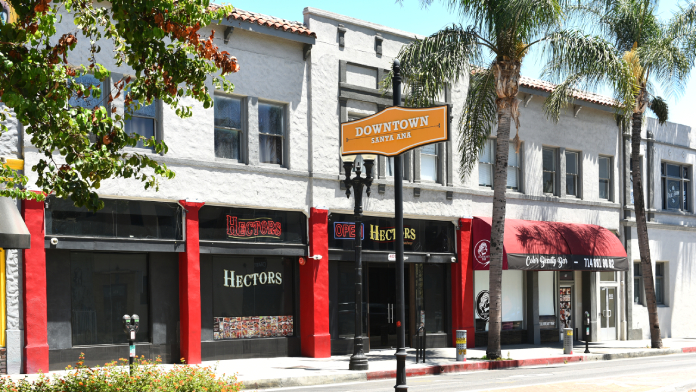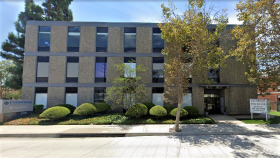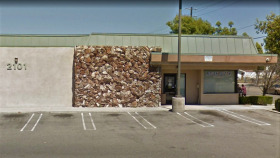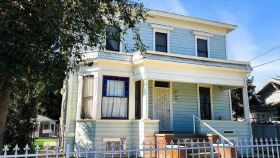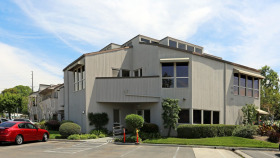Expert Insights
If ever there were a clear example of red tape getting in the way of saving lives, this story I came across recently certainly meets the criteria in my opinion. Santa Ana, which is part of Orange County, has seen more homeless people die from drug overdose deaths in the last two years than any other years on record. That’s what makes organizations that specifically help the addicted homeless population so important in this area. The Harm Reduction Institute was one of the few organizations in Santa Ana providing free naloxone and case management for the homeless. But thanks to some arbitrary local zoning code, the Institute was forced to close its doors as the city revoked its occupancy permit. We can only hope the organization will prevail in court so they can reopen their doors and continue saving lives.
~ Natalie Baker
How Expensive is Drug Rehab in Santa Ana?
The cost of going to drug or alcohol rehab in Santa Ana can vary widely based on several factors. Variables that may impact your overall treatment expenses include:
The type of treatment program you choose (residential vs. outpatient)
Facility amenities (luxury vs. standard)
Length of your treatment program
Whether you have health insurance
Whether a rehab facility accepts your insurance
The type and extent of coverage your insurance provide
Whether the facility offers any form of payment assistance (sliding-scale services, scholarships, etc.)
Rehabilitation should not feel financially infeasible. If it does, many centers for alcohol and drug rehab in Santa Ana offer various payment options to make care accessible. Health insurance, payment plans, scholarships, and sliding-scale programs can significantly reduce addiction treatment costs.
How Does Santa Ana Compare in Alcohol and Drug Use?
Santa Ana is the county seat of Orange County, California. With a population of more than 305,000, it is the 14th largest city in the state, and the 68th largest city in the United States. However, addiction and substance abuse remain serious problems there. In 2020, drug and alcohol overdoses resulted in more than 13,000 emergency department visits, 6,600 hospitalizations, and over 1,000 deaths in Orange County. If you or someone you love is battling addiction, there are more than 280 accredited alcohol and drug rehab centers in Santa Ana and the surrounding area.
Santa Ana, California, is in Orange County, where substance abuse and addiction have been serious concerns for decades. Some of the most noteworthy Orange County and Santa Ana drug and alcohol use statistics in recent years include:

In 2020, nearly 21% of Orange County residents reported needing professional help for substance abuse or a mental health condition within the last year
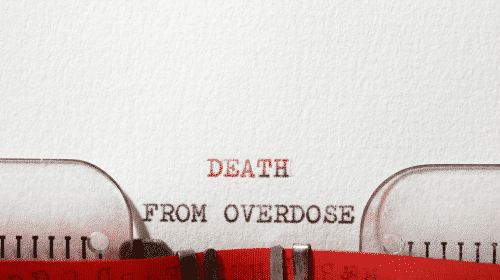
In 2020, there were more than 500 opioid-related overdose deaths
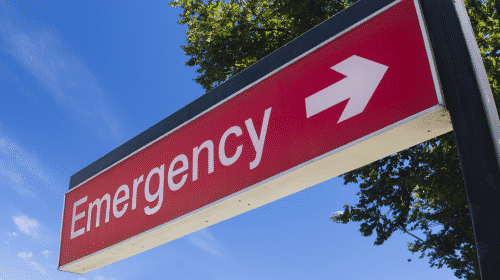
In 2020, there were nearly 1,200 opioid-related emergency department visits and just under 270 hospitalizations
In 2016, more than 20% of Orange County 11th-grade students reported consuming alcohol at least once per month
In 2015, nearly 36% of Orange County adults reported engaging in binge drinking behavior
Alcohol and Drug Laws in Santa Ana
California Good Samaritan Overdose Prevention Statute: Calling 911 during an overdose may save a life. Calling 9-1-1 during a suspected overdose may save a life. Unfortunately, many people are hesitant to call for help due to fear they will be punished for illicit drug possession. The California Good Samaritan Overdose Prevention Law was passed to protect people from legal repercussions in such a situation. When a person notifies medical personnel or police of a suspected overdose, that individual cannot be arrested or prosecuted for a drug-related crime. However, protections are limited under this law. Only people in possession of illicit substances meant for personal use have immunity under this statute.
Job Protection for Employees Who Voluntarily Enroll in Rehab: Under California Labor Code Section 1025-1028, employers with at least 25 staff members must accommodate employees who voluntarily seek addiction treatment. Accommodations may include permission to use vacation time or sick days for treatment or the option to take unpaid leave with job protection.
If you would like to learn more about accredited alcohol or drug rehab centers in Santa Ana that may be a good fit for your needs and budget, please call
800-681-1058
(Sponsored)
today.
Resources
- Santa Ana, California Population 2020 (Demographics, Maps, Graphs). (n.d.). Worldpopulationreview.com.
- California Department of Public Health. (2022). California Overdose Surveillance Dashboard, Alameda County Dashboard.
- Substance Abuse and Mental Health Services Administration. (2022). MAT Medications, Counseling, and Related Conditions.
- Lortye, S. A., Will, J. P., Marquenie, L. A., Goudriaan, A. E., Arntz, A., & de Waal, M. M. (2021). Treating posttraumatic stress disorder in substance use disorder patients with co-occurring posttraumatic stress disorder: study protocol for a randomized controlled trial to compare the effectiveness of different types and timings of treatment. BMC Psychiatry, 21(442).
- National Center for PTSD. (2022). PTSD and Substance Abuse in Veterans.

